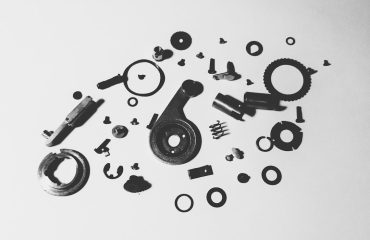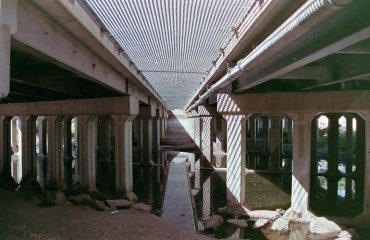Universal Parallel Flange (UPN) profiles are ubiquitous in structural engineering, providing versatile and efficient solutions for a wide range of applications. Understanding their properties and applications is crucial for engineers aiming to design safe, robust, and cost-effective structures. This comprehensive guide delves into the intricacies of UPN profiles, exploring their characteristics, applications, design considerations, and limitations.
Understanding UPN Profile Geometry and Properties
UPN profiles, also known as parallel flange channels, are hot-rolled steel sections characterized by their parallel flanges and a single web. Their geometry is defined by several key parameters: height (h), flange width (b), flange thickness (tf), web thickness (tw), and radius of the fillets (r). These dimensions directly influence the section’s area (A), moment of inertia (Ix, Iy), section modulus (Zx, Zy), and radius of gyration (ix, iy). These properties are readily available in steel section handbooks and online databases, and are essential for structural calculations. Understanding the relationship between these geometric parameters and the resulting section properties is crucial for selecting the appropriate UPN profile for a given application. Variations in these dimensions lead to different strength and stiffness characteristics, allowing engineers to optimize designs based on specific load requirements and constraints.
Applications of UPN Profiles in Structural Design
The versatility of UPN profiles makes them suitable for a variety of structural applications. They are commonly used as beams in floors, roofs, and other horizontal structures where bending moments are significant. Their parallel flanges provide excellent resistance to bending stresses in the plane of the flanges. Furthermore, UPN sections can be efficiently used as columns or struts in vertical load-bearing structures, providing stability and support. They are often employed in secondary steelwork, bracing systems, and framing elements in buildings, bridges, and industrial structures. Their relatively lightweight nature compared to other sections like I-beams makes them cost-effective for certain applications. However, engineers must consider their limitations, such as susceptibility to buckling in slender sections under compressive loads.
Design Considerations for UPN Profiles: Strength and Stability
Designing with UPN profiles requires careful consideration of both strength and stability. Strength calculations involve determining the stresses induced by applied loads and comparing them to the allowable stresses of the material. This involves using the section properties mentioned earlier, along with appropriate design codes and safety factors. Stability analysis is equally important, especially when UPN profiles are used as columns or subjected to significant lateral loads. Slender UPN profiles are susceptible to buckling, a phenomenon where the member suddenly collapses under compressive loads. Design codes provide methods for determining the critical buckling load and ensuring that the applied load remains well below this limit. Effective length, a factor influenced by the support conditions, plays a crucial role in buckling calculations. Utilizing effective length factors accurately is critical to avoiding instability failures.
Connection Design and Fabrication of UPN Profiles
The connection design is critical to the overall performance of a structure using UPN profiles. These sections can be connected using various methods, including bolting, welding, and riveting. The choice of connection method depends on factors such as load magnitude, accessibility, and cost. Bolted connections are commonly used for their ease of fabrication and adaptability. Welding offers a stronger and more rigid connection, but requires specialized expertise and equipment. Proper detailing of the connections is crucial to ensure efficient load transfer and prevent premature failure. Furthermore, the fabrication process, including cutting, drilling, and welding, should adhere to industry standards to guarantee the integrity of the final product. Inaccurate fabrication can lead to dimensional inaccuracies, stress concentrations, and reduced structural performance.
Limitations and Alternatives to UPN Profiles
While UPN profiles offer several advantages, they also have limitations. Their relatively shallow section depth compared to I-beams or H-beams can result in larger deflections under bending loads. Additionally, their susceptibility to local buckling of the flanges and web needs to be carefully considered, especially under high compressive stresses. For applications requiring higher strength or stiffness, alternative sections like I-beams, H-beams, or even built-up sections might be more suitable. The selection of the appropriate section should be based on a thorough analysis of the structural requirements and a comparison of the performance and cost of different alternatives. Engineers should always strive for optimal design choices, balancing cost-effectiveness with structural integrity and safety.
Understanding the nuances of UPN profiles is crucial for structural engineers. By carefully considering their geometry, properties, applications, design considerations, and limitations, engineers can effectively utilize these versatile sections to create safe, efficient, and cost-effective structures.
SEO Tags:
- UPN profile
- Structural engineering
- Steel sections
- UPN design
- Structural calculations




